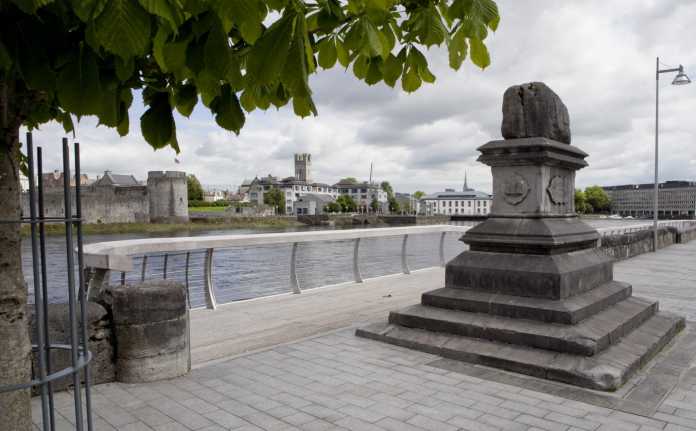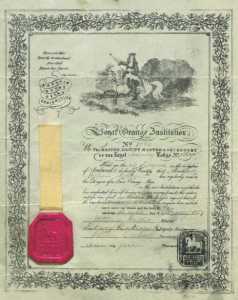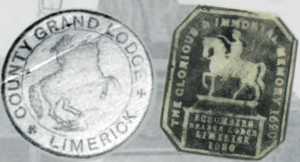

Picture: Keith Wiseman
With the marching season under way in Northern Ireland, few realise that it was once a cause for celebration in Limerick where Orange Lodges operated across the county. Armagh historian Quincey Dougan takes a look at this little known element of Limerick’s heritage.
In 1875, Number 97 George Street in Limerick, now better known as O’Connell Street, was purchased by the Limerick Protestant Young Men’s Association.
They soon added a lecture hall and gym to the building, which also accommodated a library, reading room and billiards room. At different times the premises served as headquarters for Limerick Masonic Lodges, but perhaps of more interest was its use for another lesser known body.
Number 97 George Street was the last meeting place of the County Limerick Grand Orange Lodge.
The willingness of many Limerick Protestants to embrace Orangeism is not surprising given the city’s role in the ‘Glorious Revolution’, also known as the Siege of Limerick in 1690 and the Treaty of Limerick in 1691. That chapter in the city’s history is now largely forgotten as its Protestant population has dwindled.
The first lodge was established by May 1798; and by 1824 it was big enough to accommodate a countywide organising structure, with the Northumberland Rooms its regular meeting place under the leadership of County Grand Master Ralph Hill.
That same year it is recorded that one lodge in the City enrolled 175 new members!

By 1836, there were eight lodges and in 1869 this had risen to 15 affiliates including lodges in Adare, Rathkeale, Ennis and Tralee. By this point, there was no county structure in operation with the Limerick Orangemen being tied to County Cork. In 1871 it became the ‘Limerick District’ of County Cork Grand Orange Lodge, and in 1874 once again became a County Lodge in its own right under the leadership of Charles Monck Wilson.
There are no recorded Orange parades in Limerick but regular celebrations of Orange dates such as July 1 and 12 were common. In 1839, the local press reported that it was the first year in memory that the ‘Limerick Orange Bells’ of the Cathedral did not ring out on July 12. However individual lodges continued to meet privately to celebrate the date for many decades to follow.
At its peak, there were more than 800 Limerick Orangemen and a strong local organisation survived well into the 1880s.
Decline came as local Protestants became fearful of being identified with the Orange Institution, and the County structure ceased to exist in 1899. One working lodge, LOL 1080 ‘Schomberg’ however continued to meet and work in the 20th Century.
By the onset of the Civil War there were no traces of any active Orangeism in the city or county.

The latest in a series of presentations looking at the forgotten Orange heritage will examine Limericks Orange history in depth. The venue will be Sloan’s House Museum of Orange Heritage in Loughgall on August 29 at 8pm.
The museum has recently taken possession of an exhibit of much broader Limerick historical interest. Patrick Sarsfield’s sword, which was presented to him by Charles VII of Sweden, will soon be on display.
If you have any insights, knowledge of or regalia relating to the Orange Institution in Munster, or would like to learn more about the event, contact Quincey Dougan at [email protected] or on 00447835624221.



